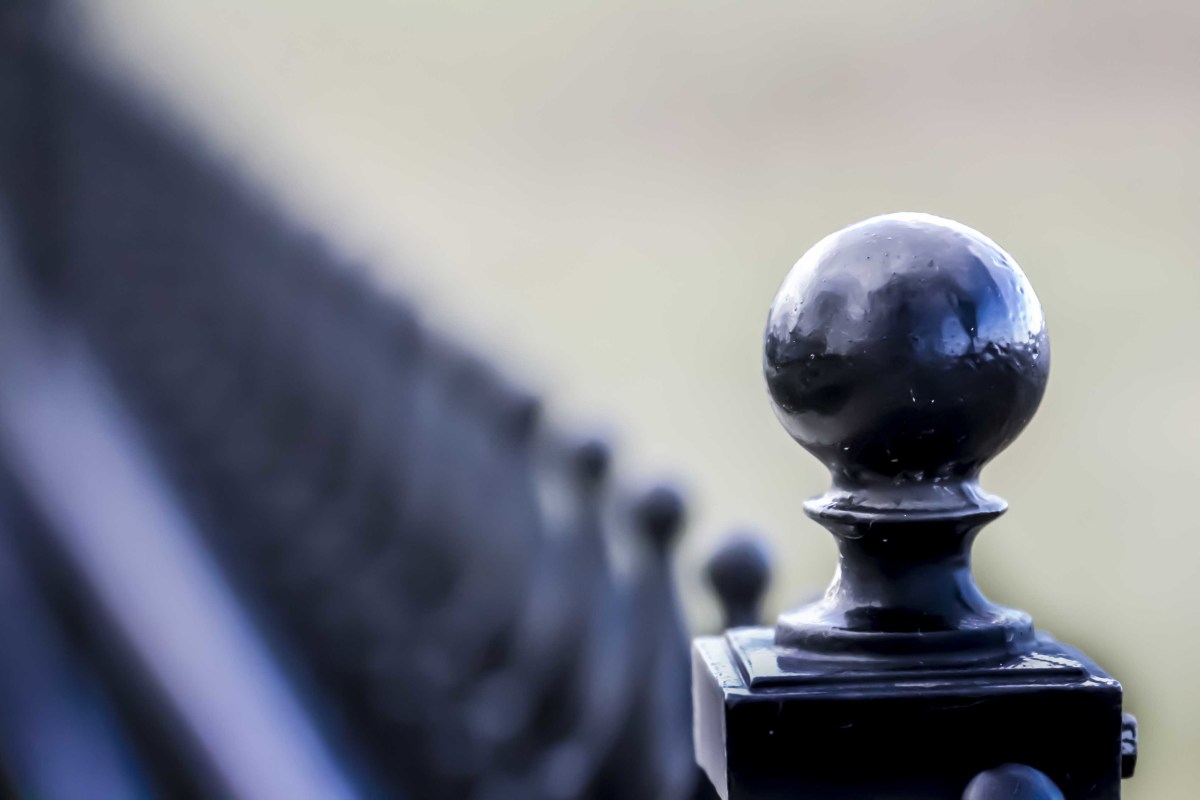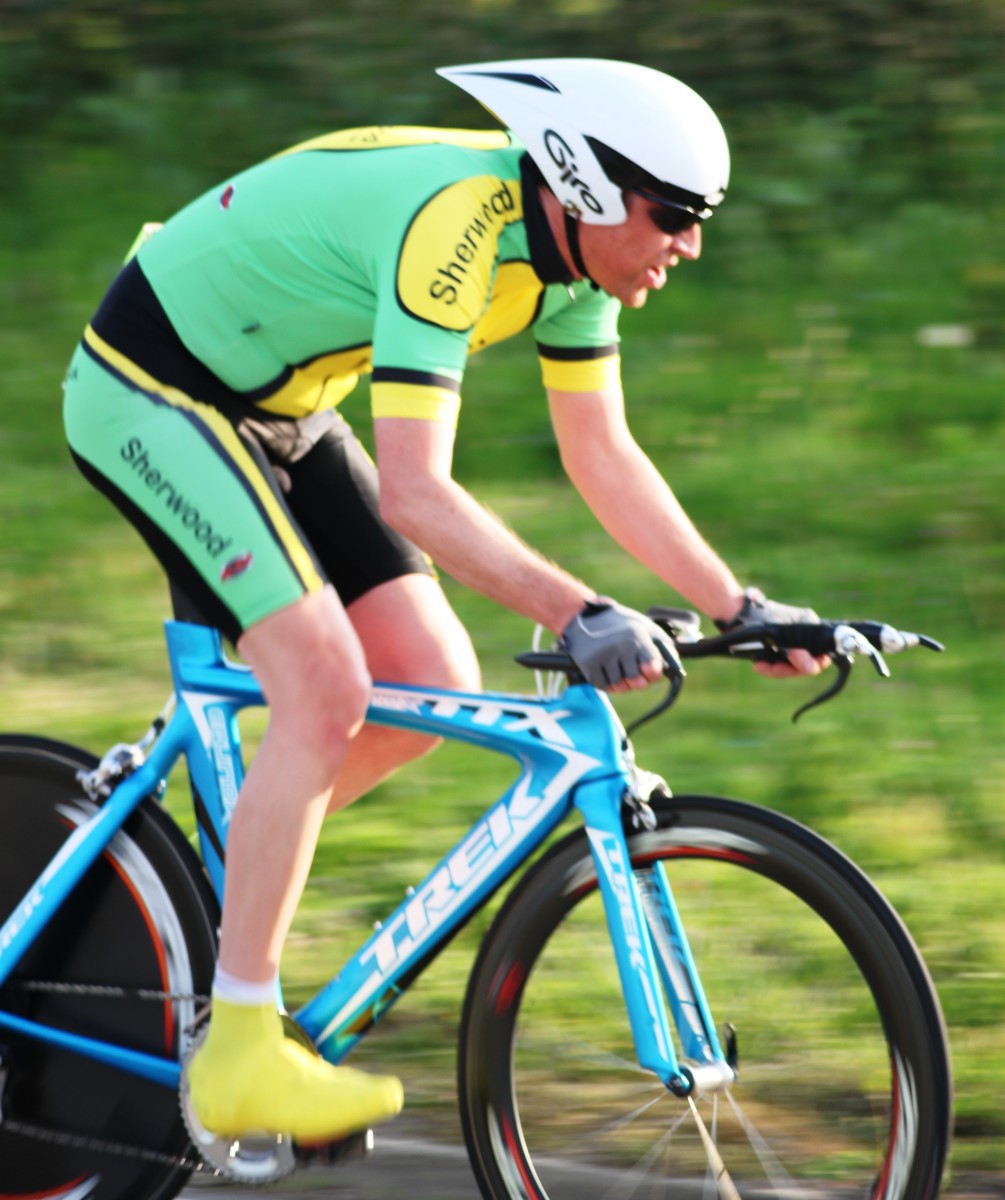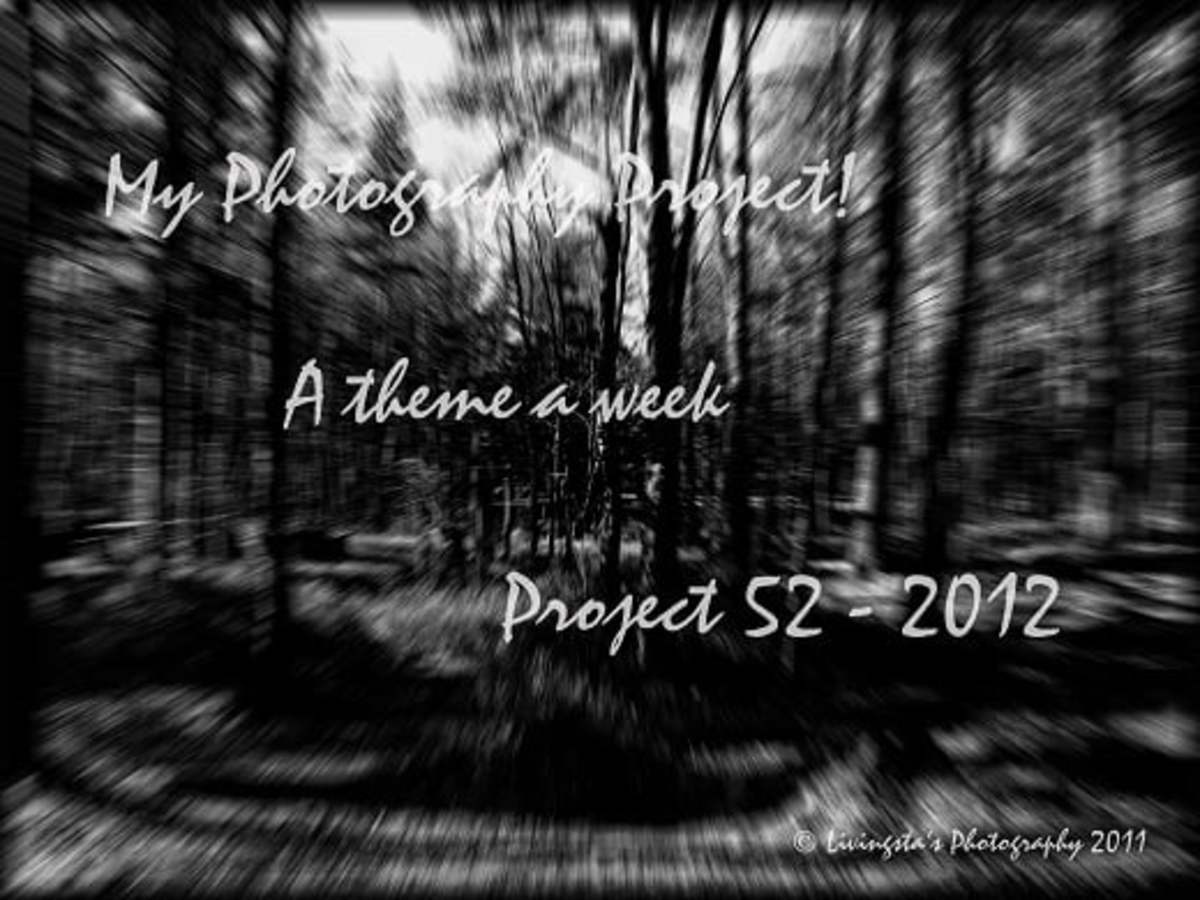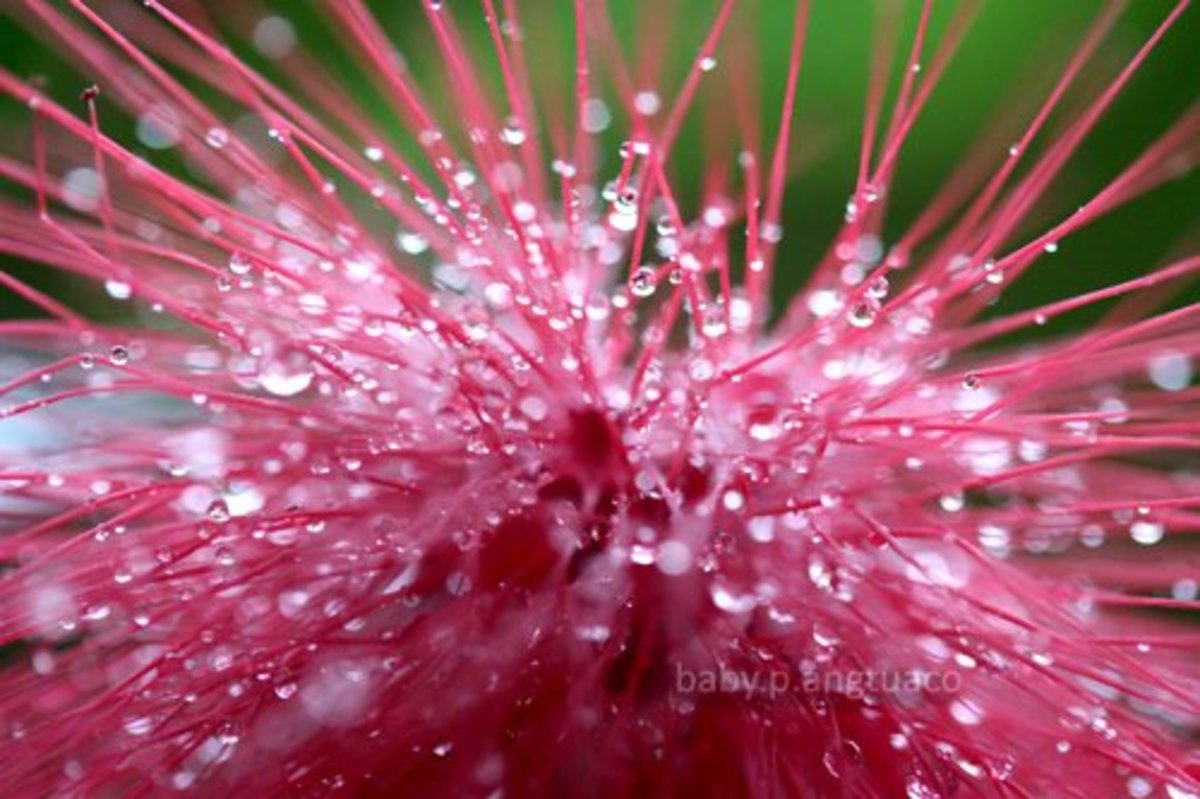Photography - Understanding Exposure
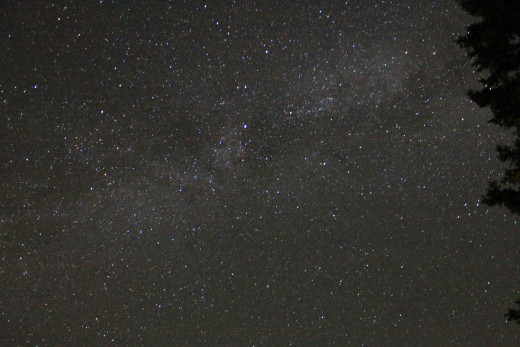
What is exposure?
When talking about photography, exposure is a combination of the time that the shutter is open, the ISO of the film (or simulated ISO for digital cameras), and the amount that the aperture is open. Letting in just the right amount of light can be tricky in the best of circumstances, but with the modern day camera, most of this is taken care of for us.
This doesn't mean that you are at the whim of your camera to determine the best exposure options for you. Many point-n-shoot cameras have options for longer exposure, for night shots, or to allow exposure compensation in the form of + and - EV (Exposure Value). When setting these correctly, you can get the most of your pictures, and end up with beautiful images!
ISO film speed
There have been many different ways of determining the "speed" of film - the measure of the film's sensitivity to light - but the current method is called "ISO". Technically, this stands for the International Standards Organization that create this determination. However, there is a mathematical equation that uses two older methods of determining speed which are combined for the current ISO standard.
Basically, films that are more sensitive to light will gather light more quickly, meaning that shorter exposure times will give you a clear image. The downside to this is that there is an inherent grain or "noise" that these films will have, reducing the overall image quality. Less sensitive films require longer exposure times to get the same amount of light, but have less noise and are therefore crisper images with a lower grain.
What ends up being confusing at first is that lower numbered film ISO will give the higher quality images. The low number corresponds to the sensitivity. 100 ISO film is much less sensitive than 800 ISO. But the higher sensitivity has higher grain, so when choosing a setting (for digital) or the type of film, you have to decide what is most important for the images you are attempting to capture.
Aperture - How Open is the Camera's "Eye"?
The aperture of the camera's lens is sometimes fixed, as in the case of many point-n-shoot cameras, but many Digital SLR (Single Lens Reflex) cameras will allow you to change the aperture setting based on need. What the aperture is, is the opening of the lens that allows light to pass through. The smaller the opening, the less the amount of light that will be allowed to enter the camera. The wider the opening, the more light will pass through.
An aperture is very much like the pupil of your eye. When it is dark, it opens up to allow more light to enter so that you can see more clearly. When it is bright, the pupil shrinks so that only the necessary amount of light can enter. If you want your picture to be more brightly lit, you will open the aperture by putting it to a lower numbered "f-stop". For example, if you want to lower the amount of light coming in, you may set the f-stop to f8. If your scene is dimly lit, you may wish to lower it to f4 (or whatever the aperture settings are for your particular camera and lens combination) in order to open the aperture to allow more light in.
So, to get the optimal amount of light on your picture, knowing that higher numbers close the aperture (make it smaller) and that lower numbers open it (make it larger) can be helpful. Combining this with the ISO can result in just the right exposure for your camera.
But, wait! What About the Exposure Time?
The final part of the equation is the exposure time, or shutter speed. This is how long the shutter remains open and can range from 30 seconds to 1/4000th of a second, depending on your camera. Some cameras even have a "Bulb" feature which allows you to keep the shutter open indefinitely, until you decide to close it again.
Quick shutter speed will only let light in very briefly. Often, you will keep the shutter speed between about 1/100th of a second and 1/500th of a second. This does seem very quick, but is usually sufficient to properly expose the film (or sensor, in the case of digital cameras) to just the right amount of light for your picture.
Again, this is not the only possibility of course. The ISO of your film (the sensitivity to light), and the aperture (the width of the opening in the lens) will also affect how you choose your shutter speed.
When light enters the camera's lens, it accumulates on the film. The longer the lens is open, the more light will hit the film (or sensor). The more light that hits it, the brighter the objects that are viewed will become.
Examples
In the image below, I was trying to get a picture of the stars while out in the country at my mother's house. As you can see, there are some stars that are visible, and it could be considered an OK picture. For this one, I had set the camera to ISO 200, f-stop of 5.6, and shutter speed of 30 seconds. I hadn't quite figured out how the ISO, f-stop and shutter speeds worked together, yet, so I wasn't getting a great image. You can pick out a few stars, but it's nothing spectacular.
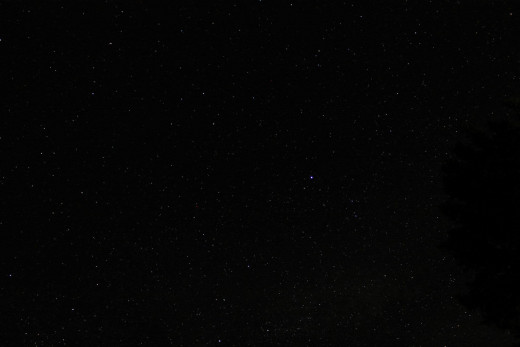
In the next photo (this is the same as the one at the top of this article) I had changed the ISO to 1600 (much more sensitive), lowered the f-stop to 4 (opening the aperture even more), and again tried a shutter speed of 30 seconds (leaving the shutter open for a full 30 seconds to gather as much light as possible). As you can see, the difference is remarkable! There was so much more light gathered, and so many more stars visible than even my eyes were able to see! It was a good lesson on knowing the importance of these different exposure factors.

But this doesn't just apply to stellar photography - it works in everyday picture taking situations as well! In the first of the next two pictures, I set my camera for ISO 200, f5.6, for 1/100th of a second. As you can see, this picture is very washed out, with far too much light having entered the camera. This resulted in an over-exposed image.
For the second image, I changed settings to ISO 200, aperture of f8, and only 1/2500th of a second for the shutter speed. As this was considerably faster with a smaller aperture opening (remember: higher number, smaller opening) the image is more evenly exposed, resulting in a much clearer picture. You can actually see the snowman on the hill!
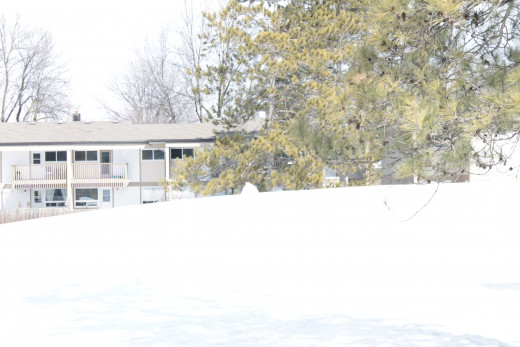

Final thoughts
The right combination of ISO setting, aperture setting (f-stop) and exposure time (shutter speed) can change the outcome of an image in many ways. It's good to know how they work individually, as well as together, in order to get the right setting for your situation.
If this article has helped you at all, I hope you will let me know. If you see any glaring omissions or errors - also, please let me know! I would hate to be giving out incorrect information in an attempt to inform you!
Cheers!
-- Slyde

